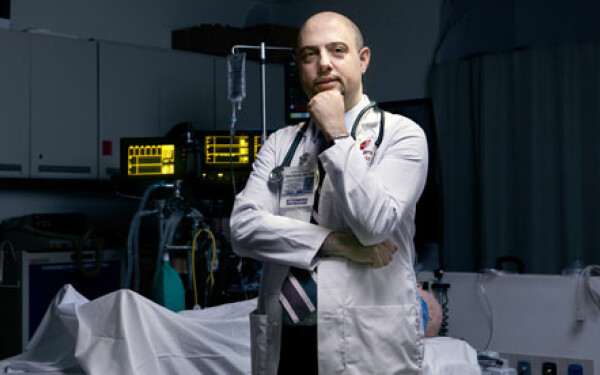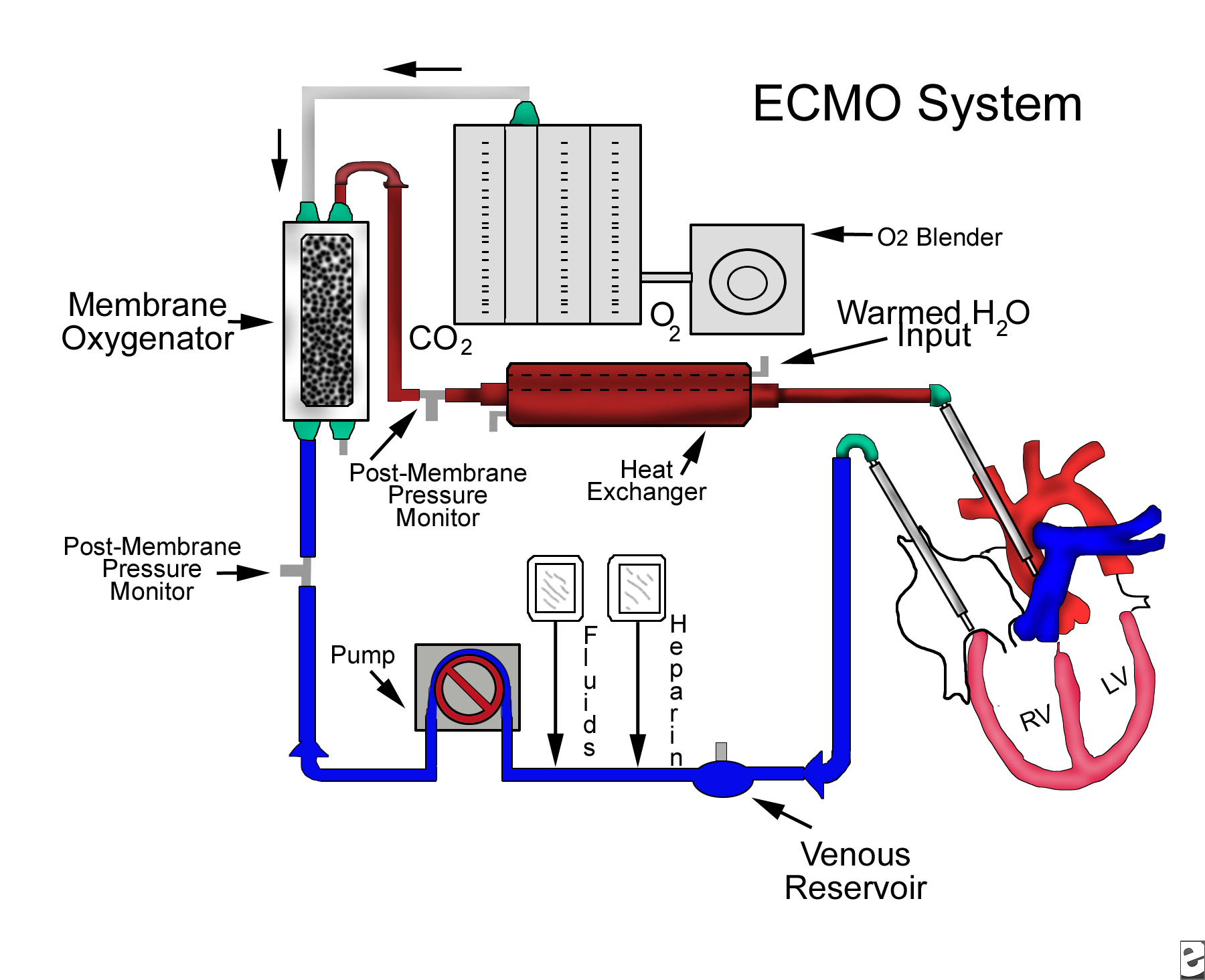Heart attacks and strokes are the most frequent medical urgency with which medics from all over the world are struggling to bring back their patients from the claws of death.
Every second is precious!
CPR is the most used technique to regain vital signs of patients, but often the standard procedures do not work. Those are the moment when death wins, and doctors find themselves forced to announce the time, date and cause of death. But not a doctor from New York who, using an ultra-modern procedure, manages to bring back to life patients that are deceased for minutes now.

Sam Parnia leads the ICU section of the Stony Brook University Hospital in New York and has a somewhat controversial medical specialty, reviving patients.
What happens to the human soul? What are in fact the phenomena of living and not living? These are questions that preoccupy Dr. Parnia ever since he began practicing CPR on a level not known to many medical specialists.
33% Chance of Survival
“Nobody that dies from causes that are reversible should actually die. Simply myocardial infraction victims should not have to die. I know I need to be careful when I say this because many people will point out that one of their relatives or loved ones died and I say they should have not died. The truth is that the myocardial infraction can be mastered quite easyâ€, states Dr. Parnia.
Using ECMO (Extracorporeal Oxygenation arterio-venous), an advanced procedure in cardio-pulmonary resuscitation the doctor manages to save hundreds of lives. Dr Parnia’s patients have a 33% chance of survival through resuscitation compared to 16% with the normal procedure.
What is ECMO?

During a stroke, blood no longer carries oxygen, causing the irreversible destruction of brain cells, making patient recovery difficult. With ECMO, patients can be brought to life and maintain their vital signs while doctors earn time to give a diagnosis and find the right treatment methods.
ECMO is an ultra-modern device. Two needleless probes are inserted, one in the main vain and one in the main artery, thus permitting a synthetic pump to extract blood from the body, filtering it through a machine.
Blood passes through the oxygenation membrane where oxygen is introduced in the blood an carbon dioxide is removed. Some devices can also control the patient’s body temperature cooling or warming up the patient.
The procedure can be very productive, patients entered in clinical death for several hours were successfully resuscitated using ECMO. Even in cases of complete cardiac infraction ECMO proved to be a lifesaver.
Source of the article here





